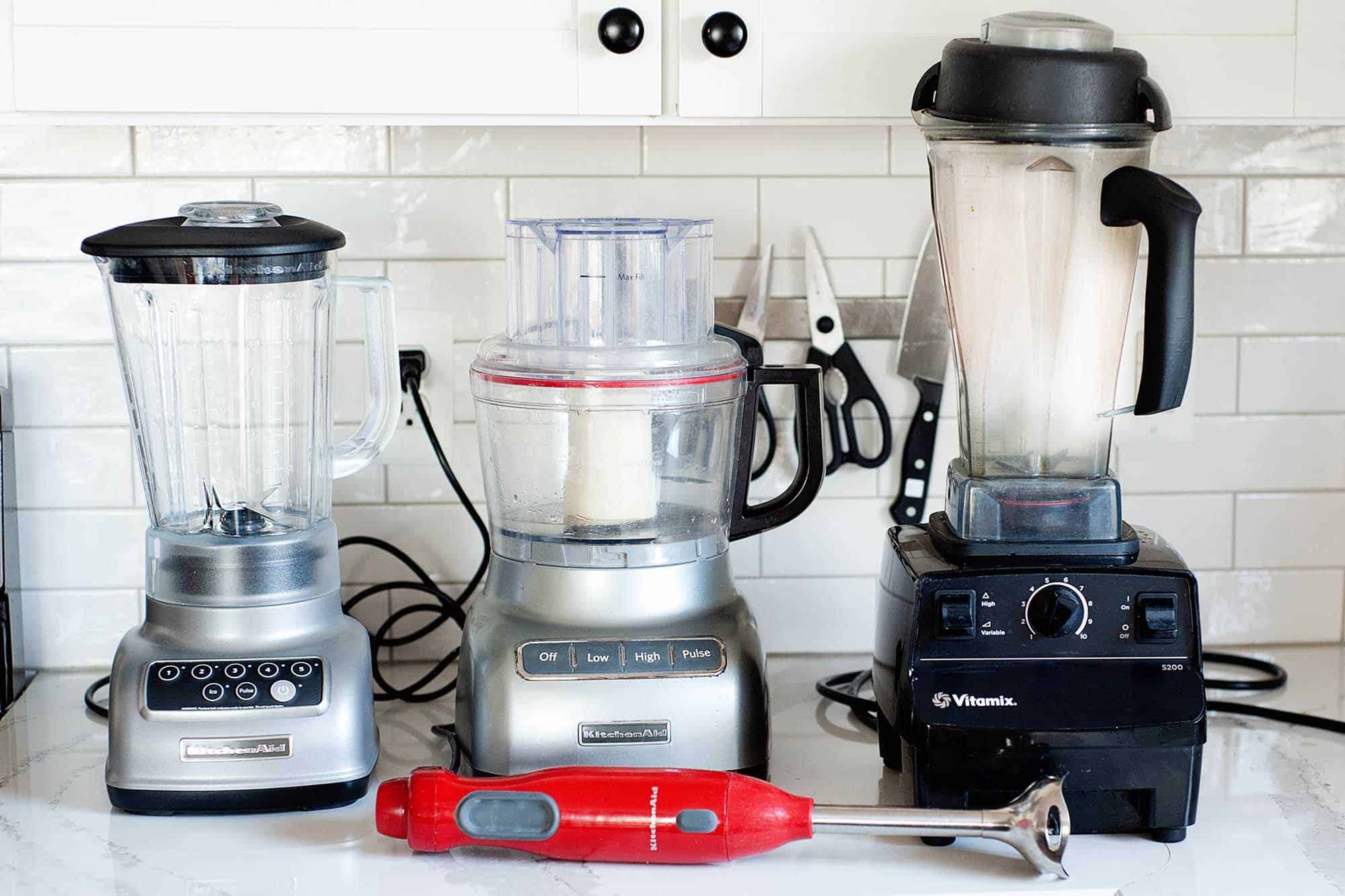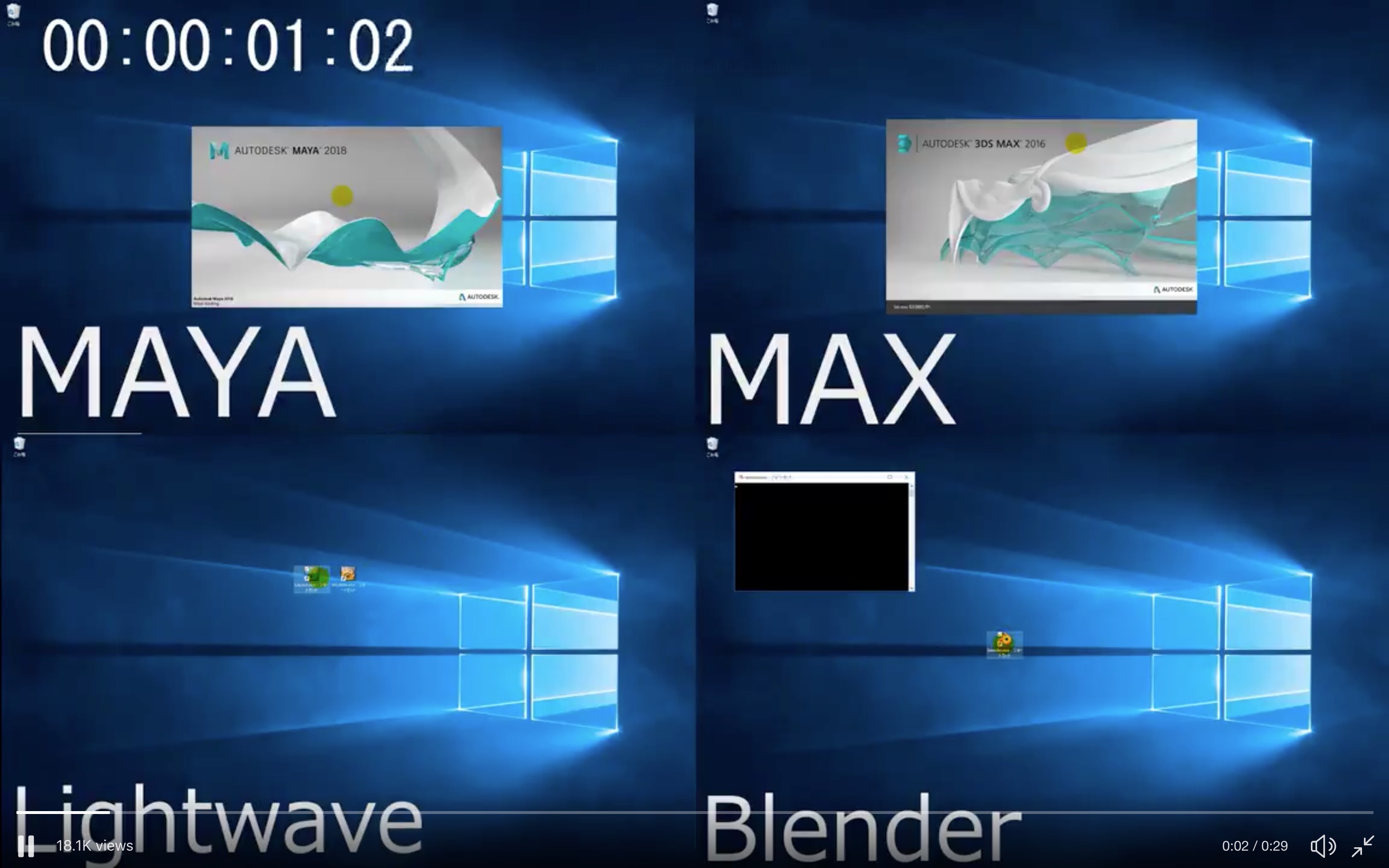
If you want to reset the Move / Rotation / Scale values to zero, which basically does the same as the “Center Selected All” in Modo or the F12 hotkey in Lightwave (The Clear Grab):įirst we have the basic move, rotate and scale tools. I’LL USE CAPITAL LETTERS IN ALL SHORTCUTS FOR READABILITY, WHEN SHIFT IS NEEDED IT WILL BE INCLUDED IN THE HOTKEY!Īlt + S = Scale along Normals (called “Shrink/Fatten” in the menu) This can be a little annoying when you’re not used to it, but a nice feature all together.įor each section, I’m gonna start with a list of the tools and their hotkeys that I’ve found myself using a lot while modeling (well some of them only sporadically), and then go on to describing them in practice with some pictures and screencasts. It’s nice to be able to specify the object’s position before creation! Understand me right, I’m not saying that everything is better in Blender, but some tools have options that I miss in other software.Īnd what is the idea behind this 3D Cursor thing!? Well, it can work as an insertion point, a pivot for transformation and as a snapping target. Even after the short time I’ve been exposed to Blender I feel that I’m gonna like these tools better than the tools in both Maya and Modo! Seriously! You just have to understand how they work! Off course I can’t just say that and not give any examples to prove my case, so I’ll give some examples along the way pointing out what I like and why I think they sometimes are superior. When I first started to use the tools in Blender I thought “What? Is this it? These tools are crap!”, but after reading up on them in the Blender Manual and experimenting a bit, I started to see that they are at least as powerful as the tools in Maya, if not more so. Let’s start with the basics of the modeling tools, looking at how they compare to the similar tools in Maya. Covering all of this would be a serious undertaking and I’m not gonna do that! I’ve not even started to scratch the surface of all this functionality myself, so I’ll limit this introduction to the modeling tools for the time being, touching a little bit of texturing and rendering a long the way. I think that makes more sense, as I’m new to the program myself, and I want to feel that I know what I’m talking about.īlender has so many uses and tools for doing everything from the “usual” modeling / texturing / rendering to advanced animation, physics simulations, video editing / compositing, game creation, basic sculpting, and the list probably goes on. Instead of creating one gigantic post, I’ll spread it over multiple posts, each containing bite-sized chunks of information. It is a lot to cover, and I landed on a different approach than what I planned in the first place.

#Lightwave vs blender how to
When deciding to cover Blenders toolset I had to make some decisions on how to organize the material of this post so it makes sense and follows a pattern of some kind. It speeds up things considerably, and it’s no different learning the Blender hotkeys than learning the Maya or Modo hotkeys, it’s the same thing.
#Lightwave vs blender software
The way I feel about it is that no matter what software I use I’ll want to learn the hotkeys.

It all boils down to laziness if this is an argument for not learning Blender! Besides in the recent versions, Blender has gotten more comfortable in sense of the user interface, and most things CAN be done using menus and buttons. For those that’s just starting out in the world of 3D this is totally understandable, but for users coming from a different software it should not be a problem learning the most important hotkeys needed for let’s say modeling. Many new users complain that Blender is so hard to learn because of all the hotkeys involved. What I’ll do in this post today, is to present some tools and their hotkeys that I’ve found myself using a lot and describe their usage and sometimes compare them to similar tools in Maya and Modo. This time around I’m going to cover the general tools and workflow in Blender compared to software like Maya and Modo.Īs you all know I’ve just started using Blender a couple of weeks ago myself, so I’ve had to do some serious experimentation and reading to get comfortable enough with the different tools to present it to the public! But now I finally feel that I’m ready to embark on a real project in Blender, even though it will take more time than usual, because I’m not fluent with the hotkeys and tools just yet. The main reason I’m doing this is to get more users out there to understand that Blender can be a viable alternative to their current commercial software, and at the same time I tend to learn things much better myself when I try to teach / demonstrate the workings of something. First I’d like to say thank you to those giving me feedback on this blog series, through comments, forums, Twitter and the Blender IRC channel! It’s been very positive and that makes writing these posts a lot easier.


 0 kommentar(er)
0 kommentar(er)
